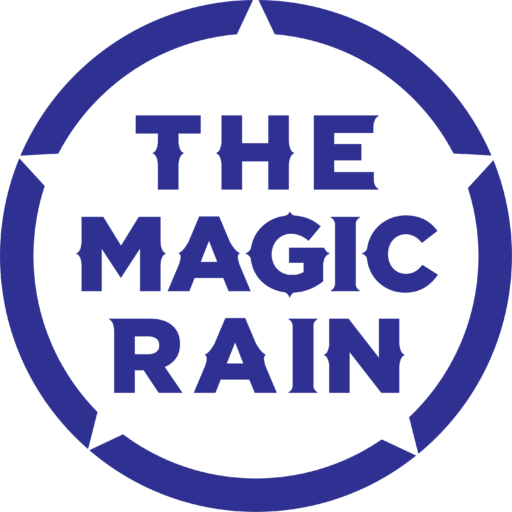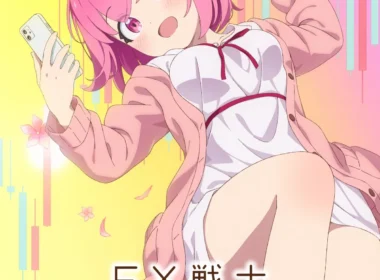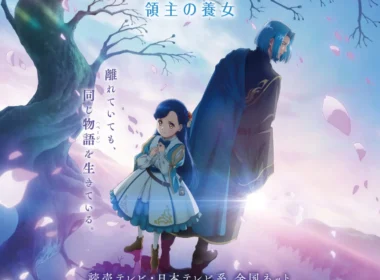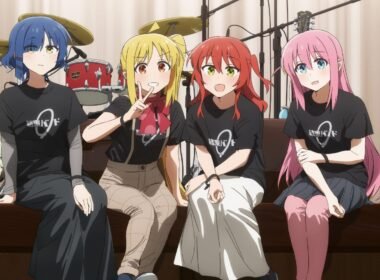This article was contributed by Team Silver Sea
In last week’s article, we introduced the core concepts of Yu-Gi-Oh, the three types of cards. Today’s article will be focused on the first of the three: Monster Cards, while also touching the concept of “Summoning”. Monster Cards, as stated last week, have several different subcategories and are made up of different flavorful races. We’ll slowly introduce the categories one by one and further discuss on each of them as an introduction.
Normal Monsters
Normal Monsters, as their name suggests are the most basic of all the monster cards. They are characterized by their background color, a slight beige, and perhaps more importantly their lack of effects. However, Normal Monsters make it up with significantly high attacks, with values as high as 2000 for a Level 4 Normal Monster (Level 4 being the maximum level of monster that can be normal summoned to your field without tributes), giving them strength to make up for the lack of effects or drawbacks.
Despite this, the lack of effects is also the greatest weakness of Normal Monsters as their role is usually relegated to that of a beat stick; a high attack monster to punch your opponent until they knock out. This property causes Normal Monsters to rarely be used in regular deck compositions, with their presence usually for specialized purposes, for example a dedicated Blue-Eyes White Dragon or Dark Magician deck.
Effect Monster
Effects Monsters quite simply are monsters with effects / abilities. At the same time, they are the most complicated type of cards. They have a brown background color, and instead of “lore text/flavor text” such monsters have an effect / ability printed in the text box. These effects range from searching other cards or Special Summoning monsters. Due to the nature of these effects, Effect Monsters are perhaps the most commonly seen type of cards, both in print and in regular deck compositions. Indeed, most meta game type decks do not usually utilize Normal Monsters, and instead fill out their monster slots with Effect Monsters
An interesting categorization of Effect Monsters is that due to their nature, a monster can be both an effect monster AND also another different subtype of monsters. For example, there can be Effect Ritual, Synchro and Link monsters! This makes Effect Monsters the most abundant and versatile subtypes in the entire card game.
Ritual Monster
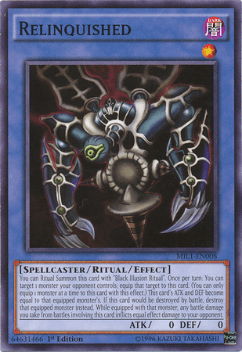
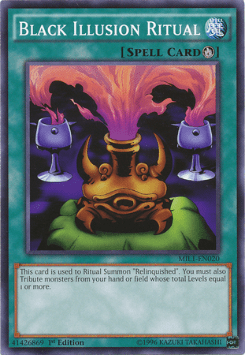
The third type of monster is called Ritual Monsters. These types of cards are characterized by a blue background. As the name implies, they require a “ritual” of sorts, with the summoning condition being the monster and its corresponding Ritual Spell Card. Players also have to tribute monsters with levels equal or more to that of the Ritual Monster.
The natural difficulty to summon Ritual Monsters (with the prerequisite of both the monster and the corresponding Spell Card) makes them the least common card type in decks. In fact, the only deck with an abundance of Ritual Monsters are dedicated decks with the support. These decks, however, have very high potential.
Fusion Monster
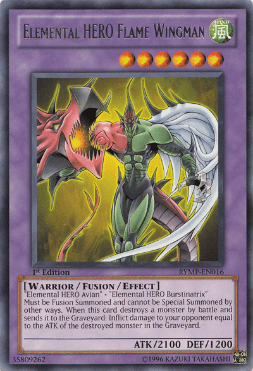
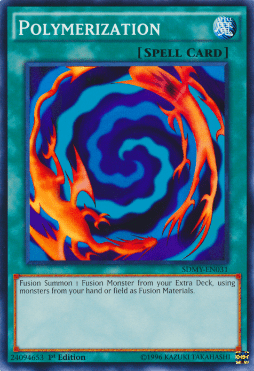
The Fourth and final type which was introduced in the original generation are Fusion Monsters. These monsters are literally the Fusion of two or more monsters, through a Fusion Summon, usually but not always through Spell Cards like Polymerization. Characterized by a Purple background, these cards belong to the Extra Deck.
Despite being a First Generation card type, Fusion Monsters still see a lot of solid and strong plays due to the many different kind of support released over the years. In fact a few decks maintain at least one or two Fusion Monsters because of recent support (Six Samurai comes to mind).
At this point the reader may be confused and slightly overwhelmed by a lot of new phrases. Tribute Summoning? Extra Deck? To clear up the confusion, we’re going introduce a few core concepts.
Deck
As Yu-Gi-Oh is a card game played with cards the deck is the basic component in the game. Decks in Yu-Gi-Oh can be split into two: The Main Deck and the Extra Deck.
The Main Deck is where the majority of cards go. Monsters (Normal, Effect, Ritual, Pendulum), Spells and Traps comprise the Main Deck. The limit of cards allowed is 40 at minimum and 60 at maximum. Furthermore, only a maximum of three copies of the same one card (barring cards in the banlist) are allowed.
The Extra Deck on the other hand is where the other types of Monsters (Fusion, Synchro, XYZ, Link) reside. There is a 15 card maximum for the Extra Deck, forcing players to choose the cards carefully and only retain those that they think are useful.
A third, special deck is called the Side Deck. This is a selection of 15 cards that are allowed on the side, for players to switch out after a duel. These cards are to edge out and help the player to better fight certain decks in a Tournament. Usually the cards are fringe and specific cards to deal with certain match ups.
Summon
Summoning can be split into three types: Normal Summon, Tribute Summon and Special Summon.
Normal Summon refers to the summoning of Normal or Effect Monsters that are Level 4 (remember those stars) and below without restrictions. Each player may Normal Summon a monster once per turn during their main phases. A player may not Normal Summon twice, unless an effect on the field or a card allows it.
Tribute Summon (also called Advance Summon) is similar to Normal Summon, and is counted towards the summoning limit. Cards that are level 5 and above cannot be Normal Summoned, and require a Tribute to summon. Level 5 and 6 monsters require one monster to be tribute, while Level 7 and 8 monsters require two, and monsters further than that have conditions of their own.
Special Summon, on the other hand, are applicable to all Monster Types. Unlike Normal Summoning, Special Summoning can be done multiple times in a Turn, as long as you are able to.
So there you have it. A brief outline of several monster types and two concepts to keep readers from being overwhelmed. In next week’s article, we’ll continue talking about the rest and introduce beginner concepts further!
